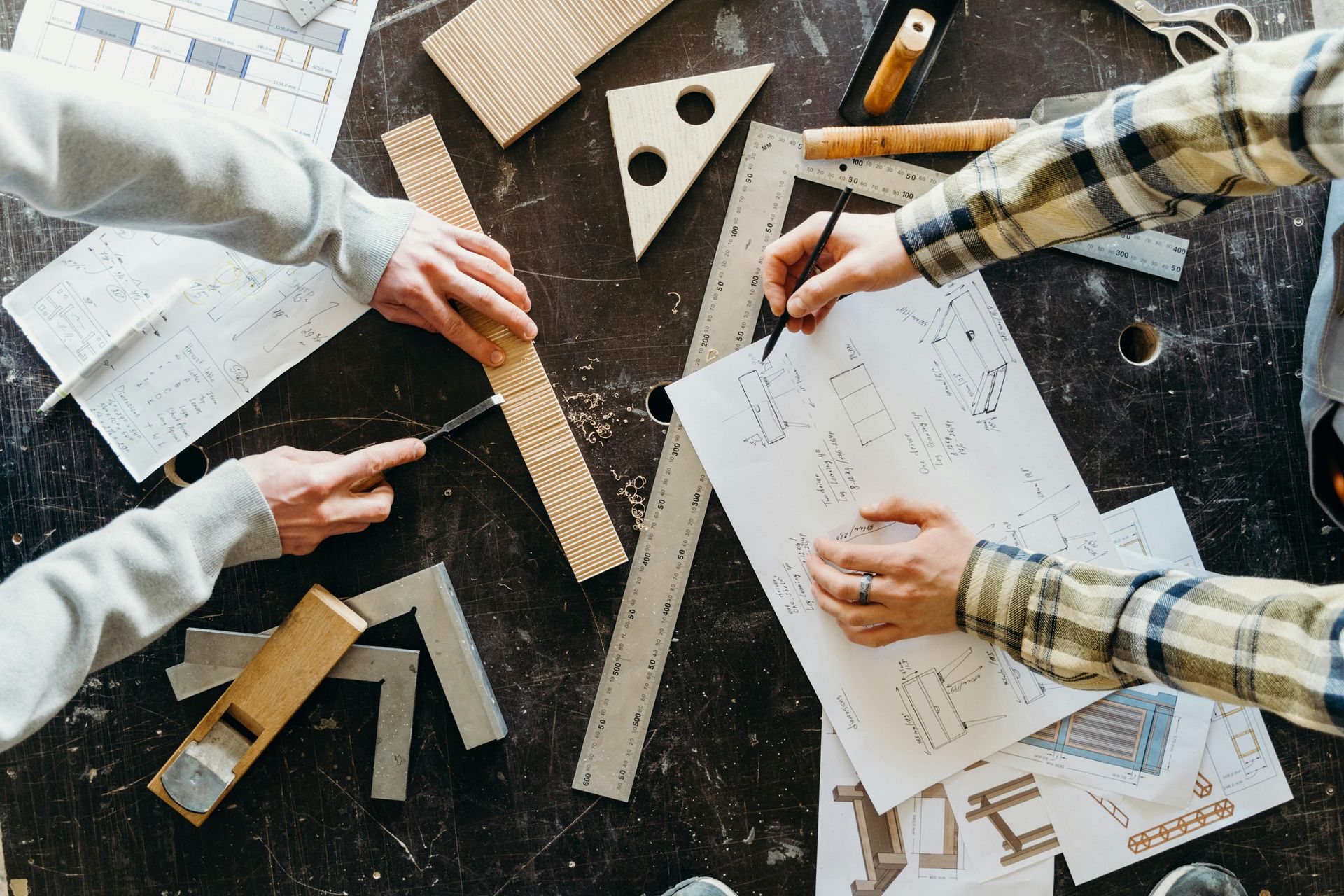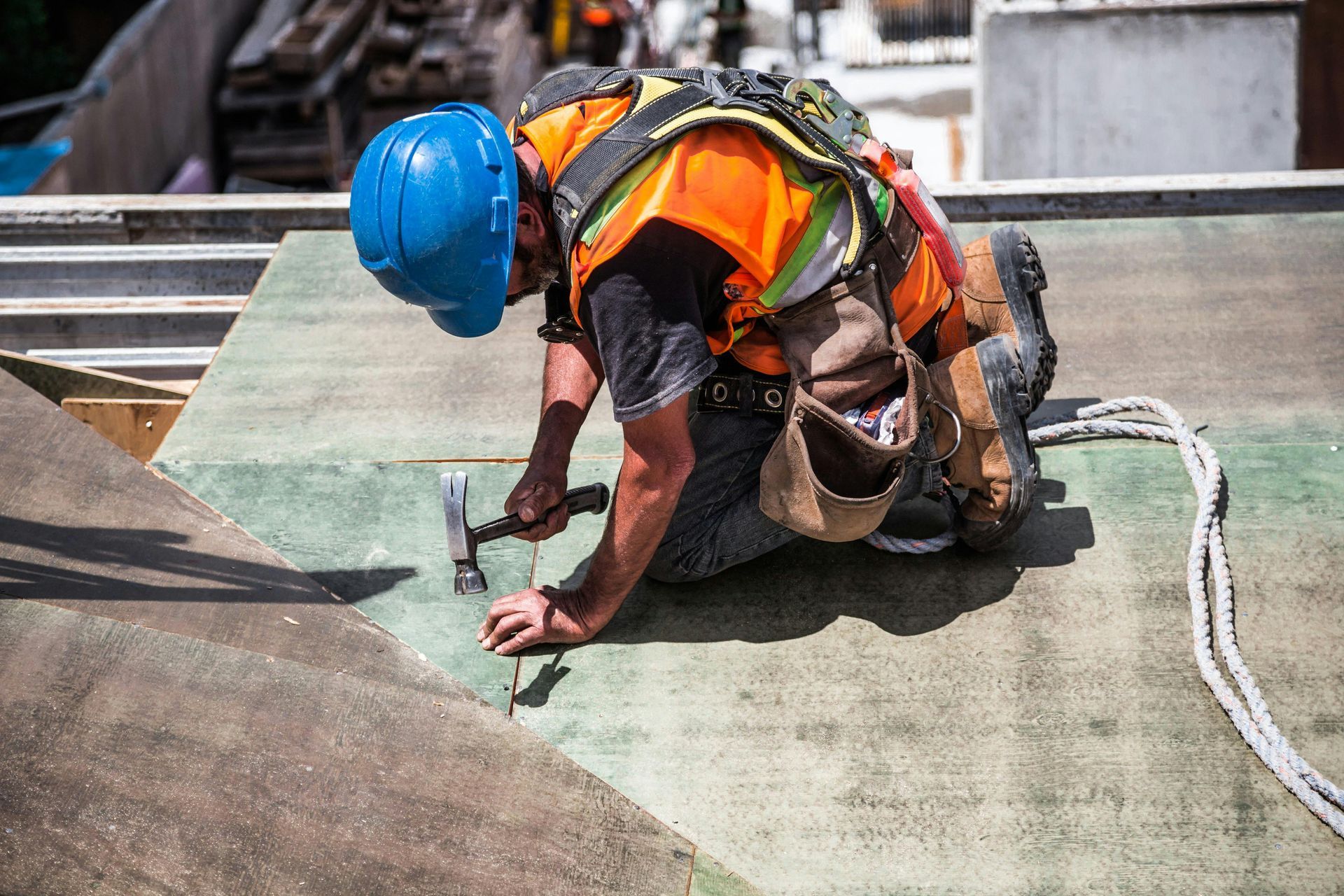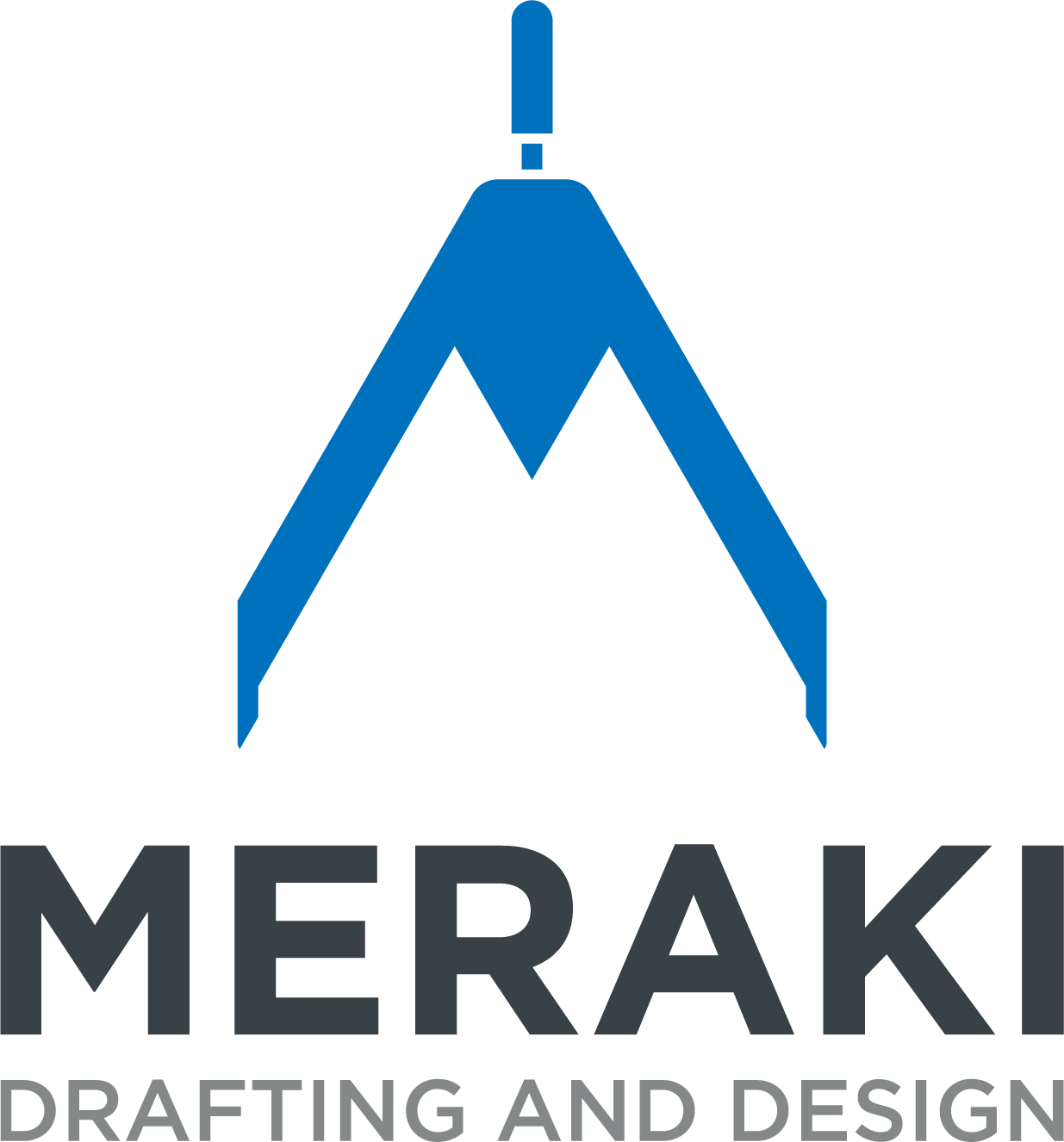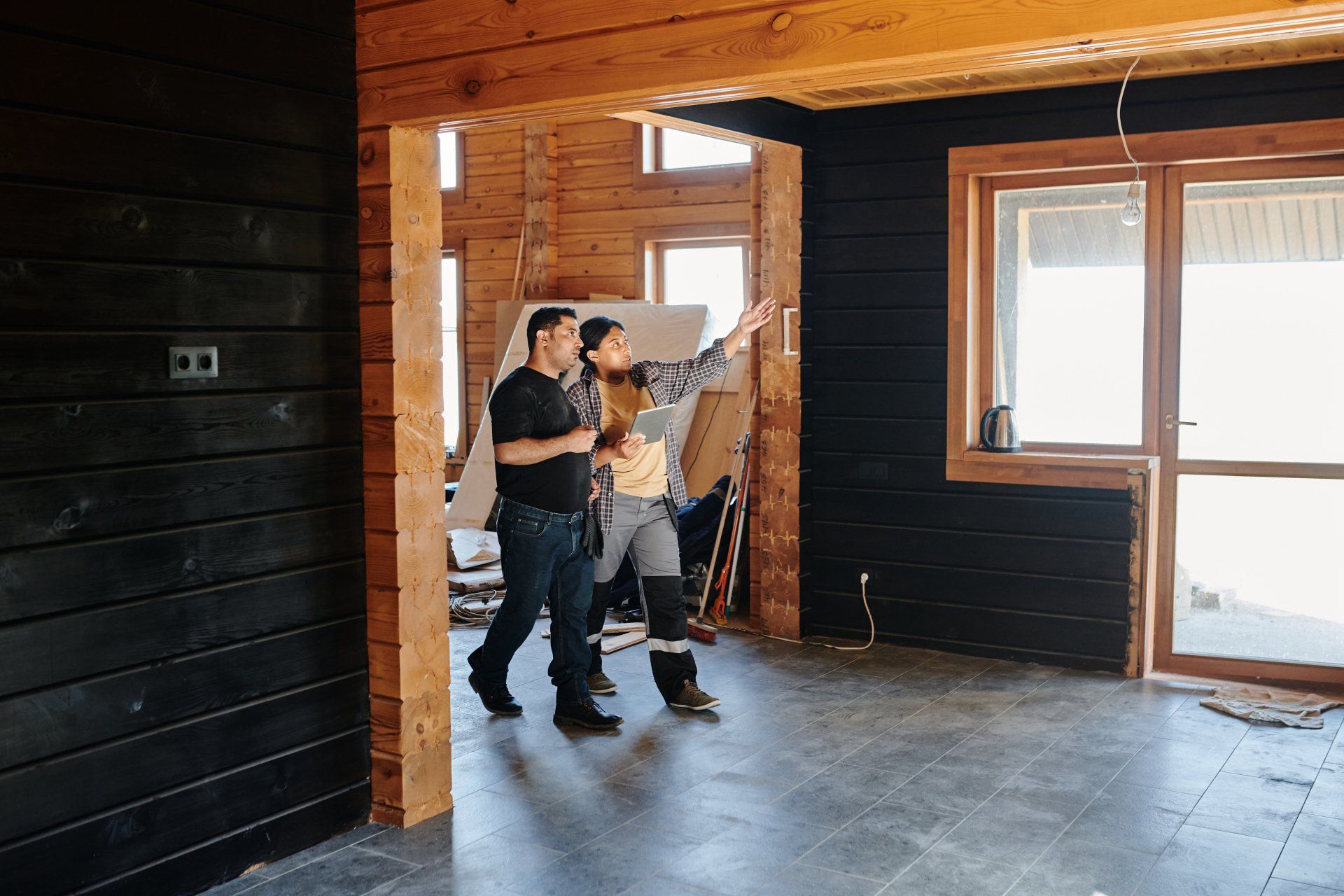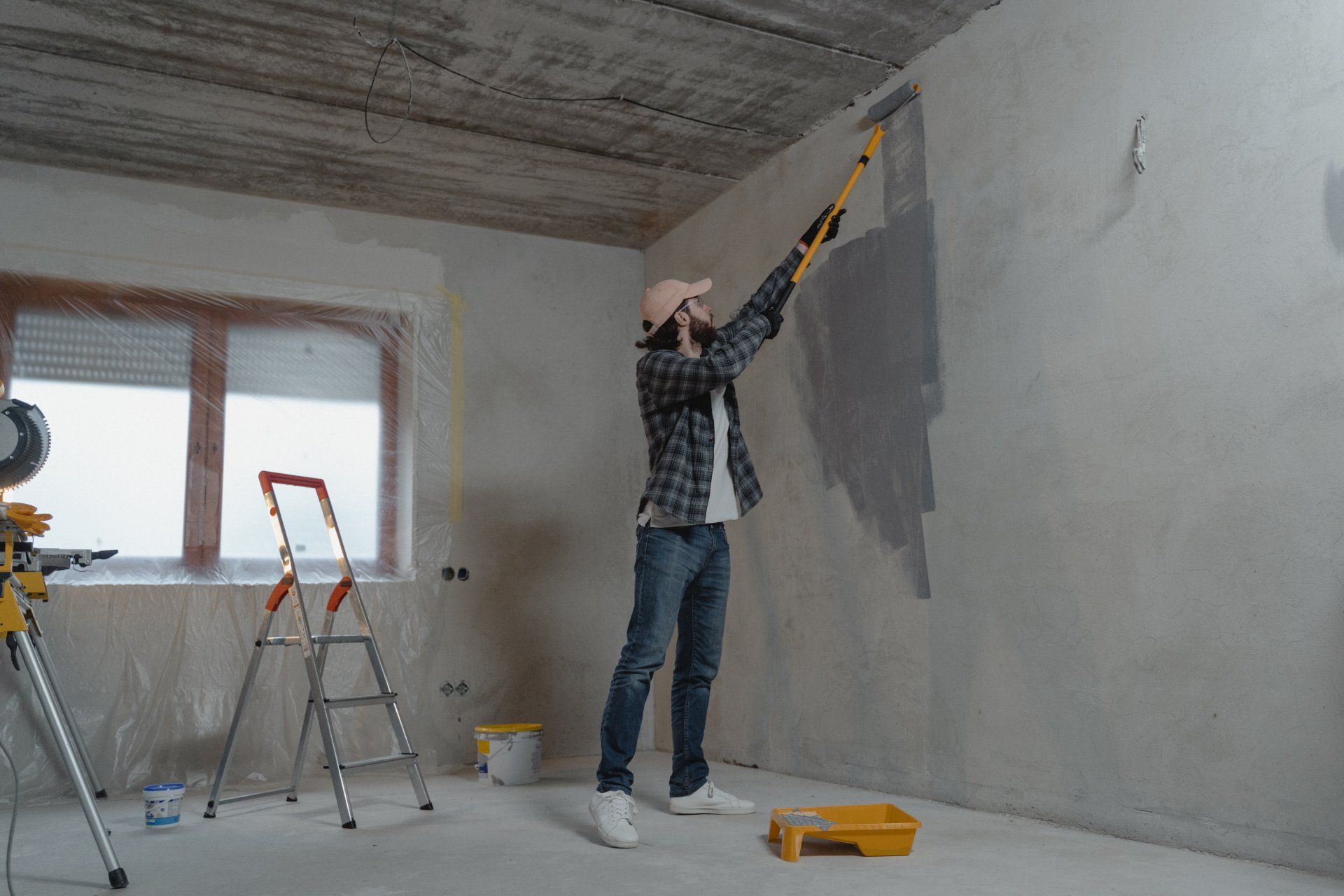Why Template House Plans Are Not the Best Idea
Building your dream home is one of the most significant investments you will ever make. For many, the idea of designing a home that fits their unique needs and lifestyle is exciting. But with so many options available, it can be tempting to go for something quick and easy—like a template house plan. These pre-made plans seem like a cost-effective and efficient solution, but the truth is, they might not be the best choice for your project.
In this post, we'll explore why template house plans can fall short and why opting for a custom design could be the smarter move, both in terms of quality and long-term satisfaction.
What Are Template House Plans?
Template house plans, also known as stock or pre-designed plans, are standardized designs created by architects or draftsmen for general use. These plans are available online or through design catalogs and offer a range of home styles, layouts, and sizes. For many homebuilders, the appeal of a template plan lies in its affordability and the promise of a faster construction process.
While these plans may appear convenient, they often come with limitations that homeowners and contractors may not initially realize.
The Problems with Template House Plans
1. Lack of Personalization
One of the most significant drawbacks of template house plans is the lack of customization. These plans are designed for mass appeal and don't take into account the unique preferences or needs of individual homeowners. For example, you might want an open kitchen layout or more natural light in specific areas, but with a template plan, your options for customization are limited.
When you choose a template, you're essentially buying a cookie-cutter design that wasn't made with you in mind. Every family has different needs, whether it's an extra bedroom, a larger garage, or specific accessibility features. With a template plan, you're forced to make compromises that could affect your enjoyment of the home for years to come.
Personalization Pitfall: The Kitchen Example
Imagine you love to cook and dream of having a large, open kitchen with ample counter space and room for a central island. A template house plan might offer a kitchen that doesn't meet those needs, forcing you to either live with an inadequate design or spend extra money on costly modifications. In contrast, a custom house plan would take your preferences into account from the start, ensuring that the kitchen becomes the heart of your home as you envision it.
2. Inflexibility for Site-Specific Conditions
Another significant issue with template house plans is their inability to adapt to specific site conditions. Whether you're building on a sloped lot, in a flood-prone area, or in a region with unique zoning requirements, a pre-designed template might not account for these crucial factors.
Site conditions play a major role in the success of a construction project. A flat plot of land in a suburban neighborhood might be ideal for a stock plan, but what if your land has uneven terrain, mature trees you want to preserve, or strict neighborhood regulations? Without proper customization, you might end up with a design that simply doesn't fit the landscape, leading to increased costs, delays, or even structural issues down the road.
Example: Building on a Sloped Lot
Suppose you've purchased a beautiful plot of land with a stunning view, but it's on a steep slope. A stock plan probably won't account for the terrain, meaning you'll have to invest in expensive modifications to ensure the foundation and structure are stable. A custom house plan, however, would be designed with your specific site in mind, using the slope to your advantage to create a functional and beautiful home that integrates seamlessly with the landscape.
3. Compromised Quality and Efficiency
Template house plans often lead to compromises in both quality and efficiency. These pre-made designs may not take into account modern construction techniques or the latest innovations in energy efficiency and sustainable materials. In a world where environmental consciousness is becoming increasingly important, having a home that maximizes energy efficiency and uses eco-friendly materials can make a significant difference—not only for the planet but also for your utility bills.
Additionally, template plans may not be optimized for the specific climate or weather conditions in your area. For example, a home designed for mild weather might not hold up well in areas prone to heavy snowfall, high winds, or extreme heat.
Efficiency Pitfall: The Climate Mismatch
Let's say you live in an area that experiences harsh winters. A template house plan designed for a temperate climate might not include adequate insulation, leading to higher heating costs and discomfort during the colder months. A custom home plan, on the other hand, would be tailored to your local climate, incorporating features like energy-efficient windows, proper insulation, and materials suited to withstand the weather.
4. Potential Hidden Costs
While template house plans may seem like a cost-effective option upfront, they can often lead to hidden expenses down the line. The initial price tag might be lower than a custom design, but unforeseen issues during construction—like the need for structural changes or the inability to meet local building codes—can cause costs to skyrocket.
In many cases, contractors will need to make adjustments to a stock plan to accommodate your specific needs or the requirements of your build site. These modifications can add significant costs to the project, negating any savings you may have hoped to achieve by choosing a pre-designed plan in the first place.
The Hidden Cost Trap: Code Compliance
Building codes and regulations vary widely depending on your location, and a template house plan might not meet the standards required in your area. For example, some regions have strict regulations regarding energy efficiency, seismic resistance, or hurricane-proofing. If your stock plan doesn't comply with these rules, you'll either have to pay for modifications or risk fines and delays. A custom home plan ensures that all local codes are met from the start, helping you avoid these costly headaches.
5. Limited Support and Guidance
When you purchase a template house plan, you're often left to your own devices when it comes to interpreting the plans and making sure they're implemented correctly. There's no guarantee that the architect or designer who created the plan will be available to answer your questions or provide guidance during the construction process.
In contrast, working with a professional draftsman or architect for a custom home design means you'll have ongoing support throughout the project. They can answer your questions, make adjustments as needed, and ensure that the final result matches your vision. This level of collaboration and support is invaluable, especially for first-time home builders or complex projects.
Why Custom House Plans Are a Better Investment
Given the potential drawbacks of template house plans, it's easy to see why custom home designs are a better investment in the long run. When you choose a custom house plan, you're not just buying a set of drawings—you're investing in a tailored design that fits your lifestyle, your land, and your budget.
1. Personalization and Flexibility
Custom house plans give you the freedom to design a home that meets your specific needs and preferences. From the number of bedrooms to the layout of the kitchen, every aspect of the design can be tailored to your lifestyle. This level of personalization ensures that your home functions exactly as you envision it, without the compromises inherent in a stock plan.
2. Optimized for Your Site
A custom home plan takes your building site into account, whether you're dealing with a sloped lot, a rural property, or a densely populated urban area. By designing with your specific land in mind, a custom plan ensures that your home fits seamlessly into its environment, maximizing views, natural light, and outdoor space.
3. Long-Term Savings
While the upfront cost of a custom home plan may be higher, it can save you money in the long run by avoiding the hidden costs of modifications, energy inefficiency, and non-compliance with local codes. A custom plan ensures that your home is designed to be energy-efficient, reducing your utility bills and maintenance costs over time.
4. Ongoing Support
Working with a professional draftsman or architect on a custom home design gives you access to expert guidance throughout the entire construction process. This collaboration helps ensure that your home is built to the highest standards and that any challenges that arise can be addressed quickly and effectively.
Conclusion: Don't Settle for a Template
While template house plans may seem like a convenient and cost-effective option, they often fall short in terms of personalization, site adaptability, and long-term savings. By choosing a custom house plan, you can create a home that reflects your unique lifestyle, fits your building site perfectly, and provides lasting value for years to come.
Building your dream home is a once-in-a-lifetime opportunity—don't settle for anything less than a design that's tailor-made for you. Investing in a custom house plan is the best way to ensure that your home is everything you want it to be without the compromises and hidden costs that come with a template.
Share on Social
